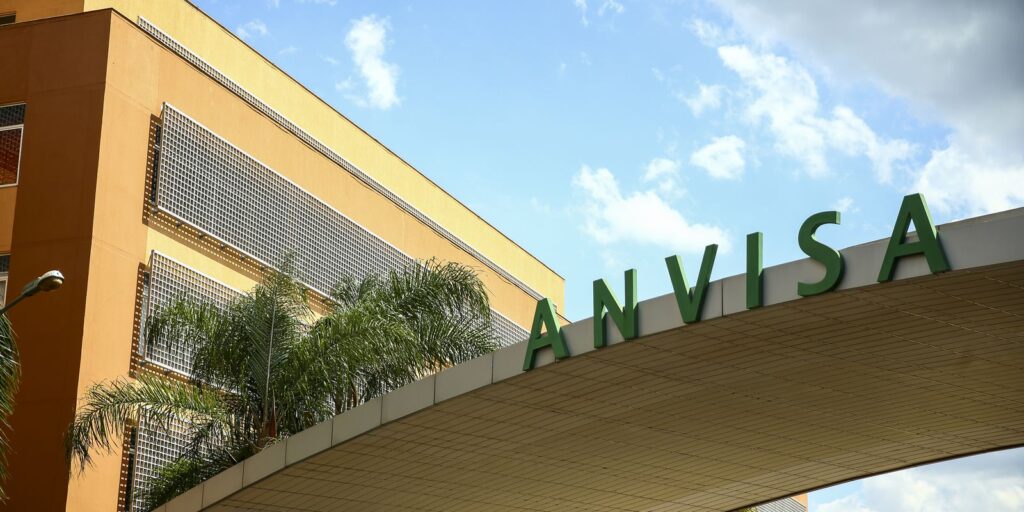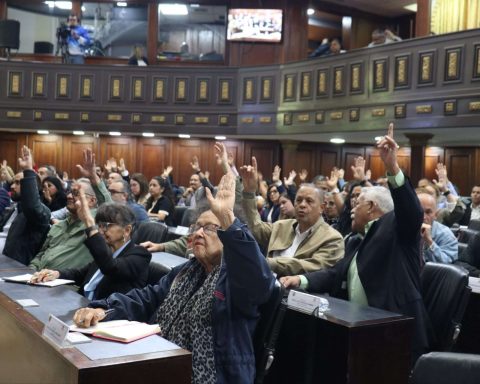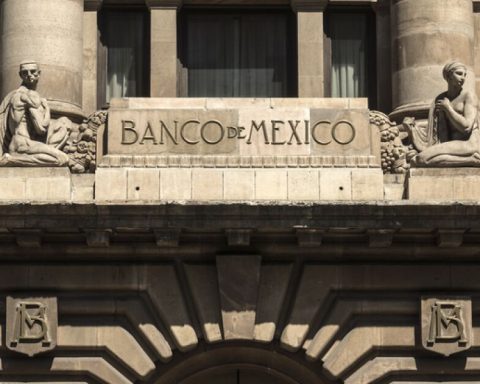Page Seven / La Paz
From January to December of this administration, Bolivian Fiscal Oilfields (YPFB) expects Tarija’s oil income to reach 197 million dollars.
The oil income is made up of the Direct Tax on Hydrocarbons (IDH), royalties, patents and taxes and the participation of YPFB.
During the 2021 management it reached 177 million dollars.
Between 2006 and 2022, the department received 5,814 million dollars in oil income, economic resources that reached the government, the Juan Misael Saracho Autonomous University and the municipal governments, according to a report released by the corporate planning management of the state oil company.
A study by Fernando Romero, president of the College of Economists of Tarija, indicates that from 2005 to 2021, only in HDI, the department has received the sum of 10,208.8 million Bolivians. “A substantial amount that in “theory” should have generated economic development, at least in the direct beneficiaries”, he specifies. According to the economist, in recent years the fall in sales volumes and prices of natural gas had an impact on the amounts received by IDH, IEHD and royalties, which year after year were lower.
This in turn caused the department to have a sustained economic contraction.
The total budgets of the Government of Tarija fell from 2020 to 2022 by 357.3 million bolivianos, 35%; while its budget ceilings at 15%.
Romero considers that the resources received in past years were not used to have an industrialized region, diversified in its economy and with long-term sustainable comprehensive development.


















